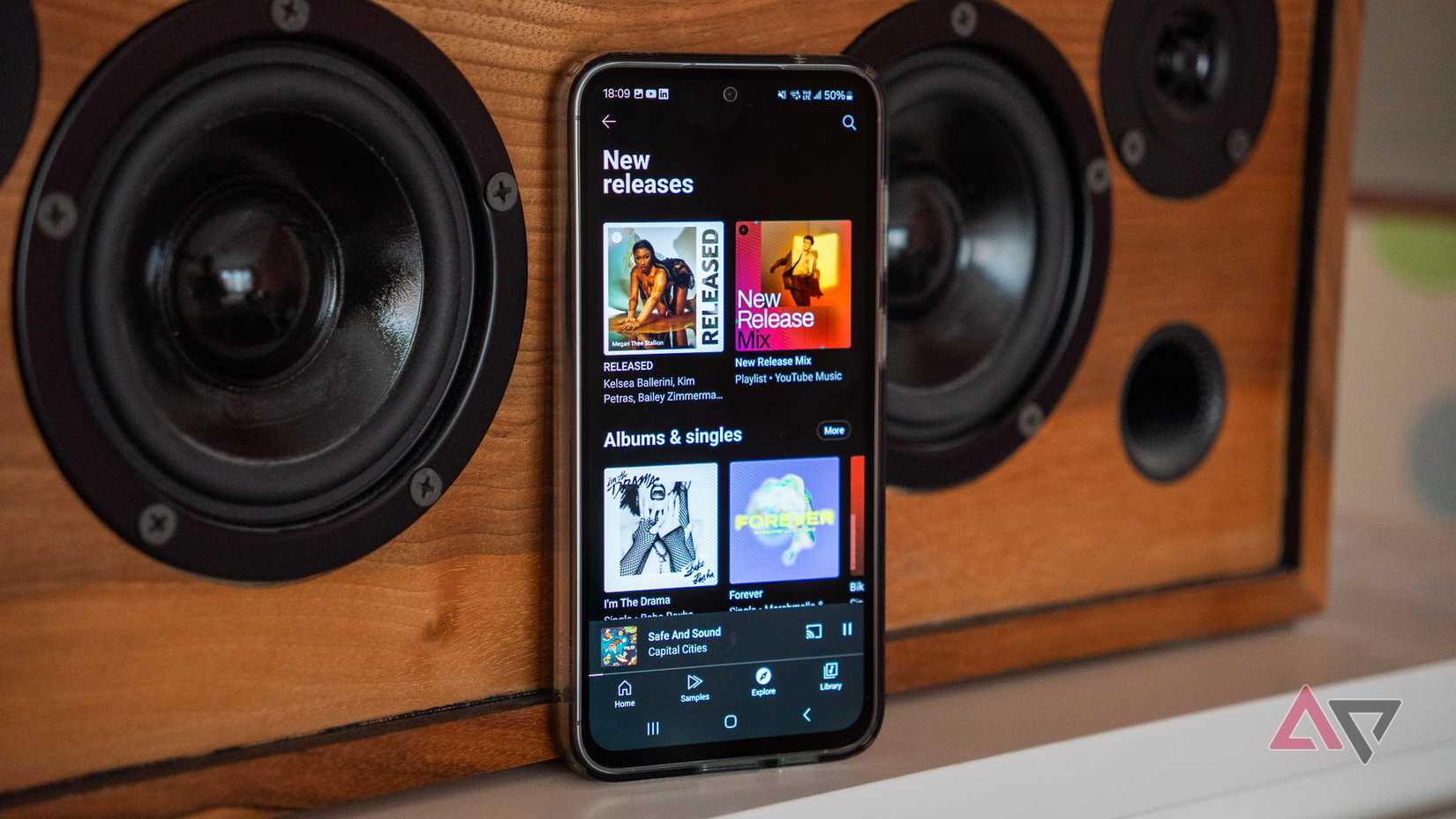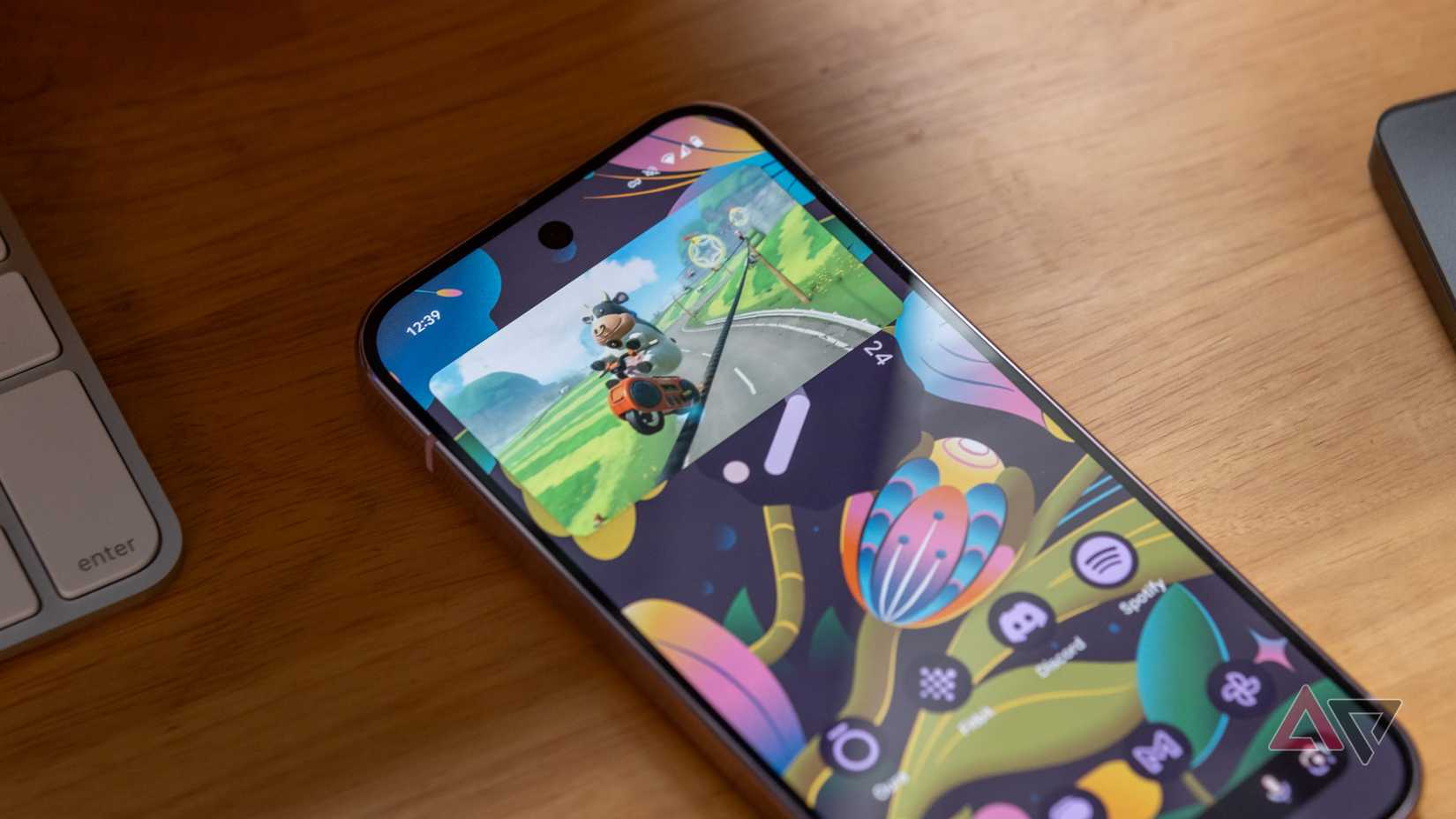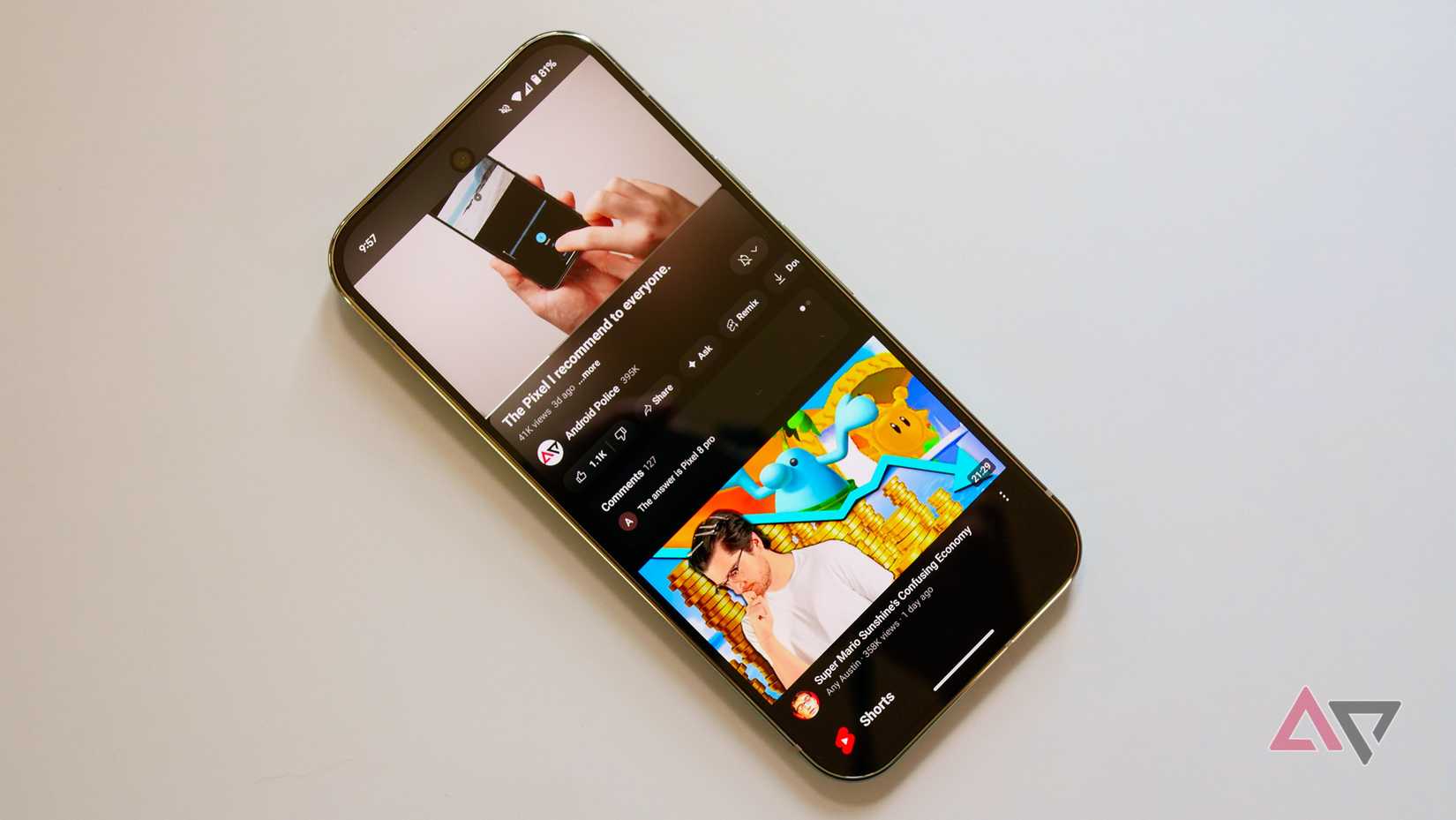Despite only subscribing to the service for two months in 2023, YouTube Premium has been a constant companion on my phone, computer, and TV.
From gentle reminders that I wouldn’t have to watch another five-minute ad if I subscribed, to full-screen ads, Google is unrelenting in its efforts to make me join YouTube Premium.
On the surface, YouTube Premium looked like it offered amazing value when I first subscribed. No ads, access to the 100+ million songs and podcasts on YouTube Music, offline videos, and background play are all substantial benefits.
However, after I took a closer look, I realized that much of this value was superficial, and canceled my subscription. Here’s why.
YouTube Music is a poor substitute for a dedicated music app
If you just want music, YouTube Music might not be for you
What made me initially subscribe to YouTube Premium wasn’t ad-free videos or offline viewing; it was YouTube Music. I listen to music for hours every day, and YouTube Music appeared to be the perfect solution for my music needs.
Thanks to the vast library of YouTube videos, YouTube Music taps into a world of music that apps like Spotify and Apple Music can’t touch. It’s particularly strong for live performances and niche remixes.
The app’s recommendations are also brilliant, thanks to the wealth of data Google has on you. You’re more likely to find relevant clips and videos of your favorite bands than on Spotify, for example.
YouTube Music is far more than a music app. It’s a platform for podcasts, music videos, live performances, short videos, and more. But if you, like me, only care about music, you’ll find the app a clunky mess that impedes you from listening to the music you want.
I like to extract the greatest value from my subscriptions. I’ll pay for a month of Netflix, watch the movies I want, then cancel it before it renews, and repeat the process with Disney+.
Not using YouTube Music means the biggest benefit of the $13.99 subscription is irrelevant.
Background play and offline videos are interesting, but irrelevant
Offline listening is only sporadically useful
Apart from ad-free YouTube Music, the other two unique benefits of a YouTube Premium subscription are offline videos and background play. But offline videos mean little in 2025, and locking background play behind a paywall is insulting.
We’re long past the age where we have to ration out the meager amounts of mobile data included in our mobile plans. Unlimited data mobile plans are commonplace, and even limited data plans are measured in the tens of gigabytes.
If you keep up-to-date on the best value phone plans, you’ll never need to worry about running out of data while streaming YouTube.
Still, unlimited mobile data plans cost more. Verizon’s prepaid Unlimited plan costs $50 a month, while its 15GB plan costs $35 a month.
So, rather than paying $14 a month for YouTube Premium, upgrade to Verizon’s unlimited data for $1 a month more than your Premium subscription. It’s a significantly better way to spend your money.
Downloading videos is still useful, but YouTube is experimenting with offering free downloads at lower quality. This limited version of downloads is plenty for the occasional data drought.
Background play is a useful feature, but did you know it used to be free? Google locked background play behind a paywall years ago, and I’ve never forgiven the company for it.
I’m fine with Google adding new features to its subscription service, but moving previously free features, especially a staple of media apps like background play, behind a paywall is too frustrating to forgive.
Ad-free listening isn’t worth $7.99 a month
There are better ways to spend this money
This is the point in the article where the imaginary YouTube Premium representative I’ve conjured for this article would say: “It’s fine that you don’t like most Premium features, you can subscribe to Premium Lite, which removes all ads for just $7.99!”
This is an enticing offer. Ad-free YouTube is the classic feature that forms the foundation of the subscription service’s value. At least, on the surface.
The reason YouTube Premium has been on my mind is due to the increased frequency of ads up to five minutes long. It’s a plague on my YouTube experience.
There are a couple of brands in particular that I will never buy because of the hours of my life they have taken from me through five-minute-long ads.
I’ve allowed ads to bother me because I’m aware that YouTube creators earn 45% to 70% of revenue from memberships, ads, and YouTube Live purchases.
Yes, a portion of revenue from YouTube Premium also goes towards creators, but I would rather make the occasional donation to my favorite creator’s Patreon or buy something from their merch stores. These purchases go much further than the revenue from ads or Premium.
And when the ads get a little too annoying, I enable my ad-blocker and refresh the page. I need to frequently update and switch ad-blockers to keep ahead of Google, but it’s well worth it for when I run into another five-minute ad for phone cases.
Ad-free listening just isn’t worth it for me. Supporting creators directly is better for them, and it’s easy to circumvent the ads when I need to.
Donating even half the cost of a Premium Lite subscription to creators has a greater impact.
Pay for the services you want, not a substandard catch-all experience
I estimate that I spend about the same each month as a YouTube Premium subscription on Tidal plus donations to creators.
While this is less convenient than a catch-all subscription for my videos and music, I know that my money is going further by providing me access to the best music app and supporting creators directly.
YouTube will keep bombarding me with ads to subscribe to Premium, but until it adds meaningful value, I’ll avoid it as best I can.




